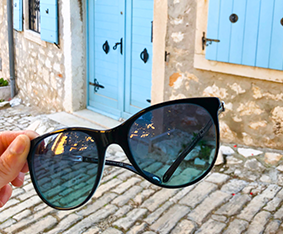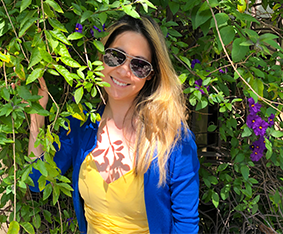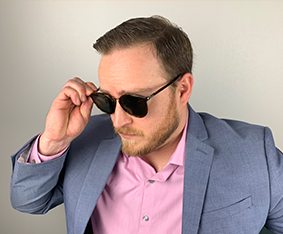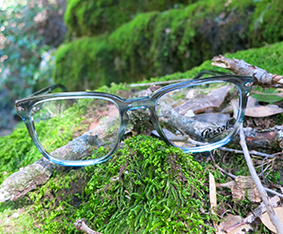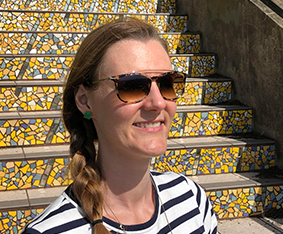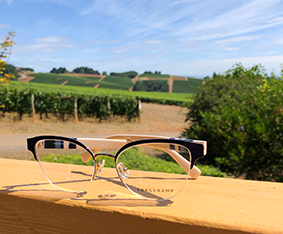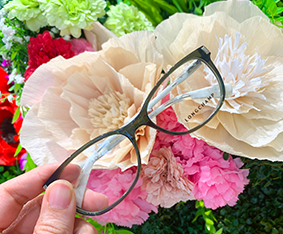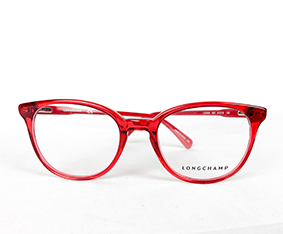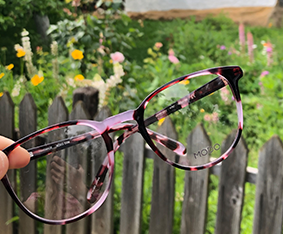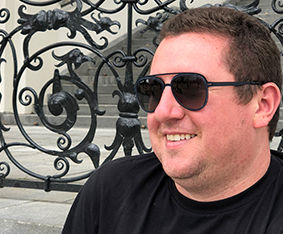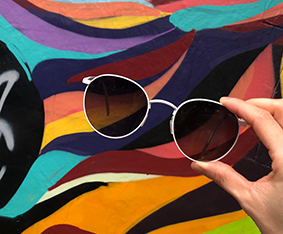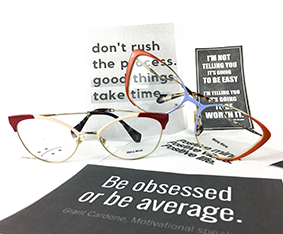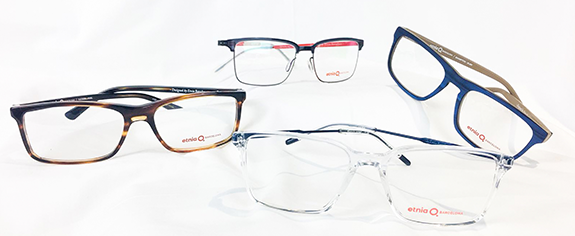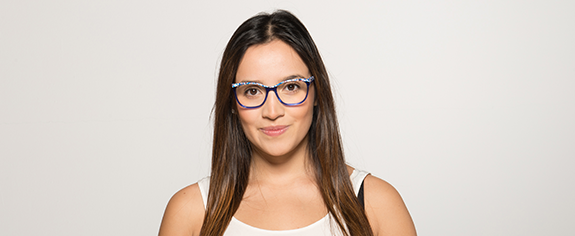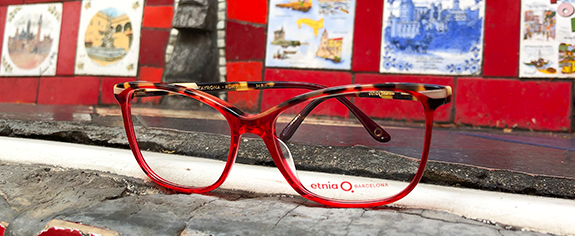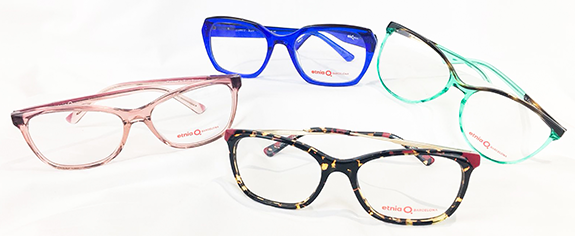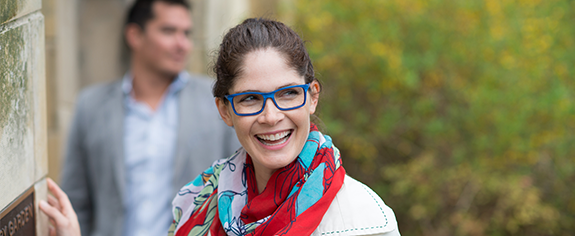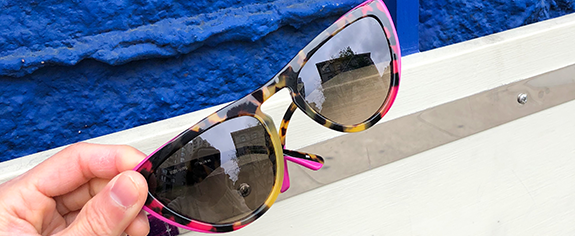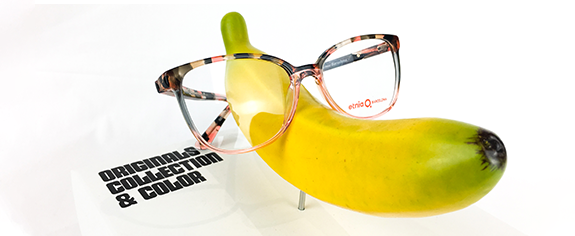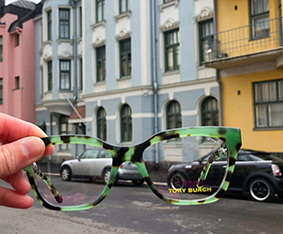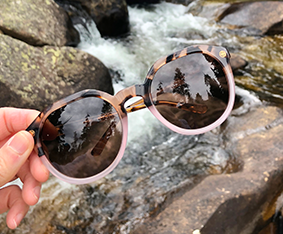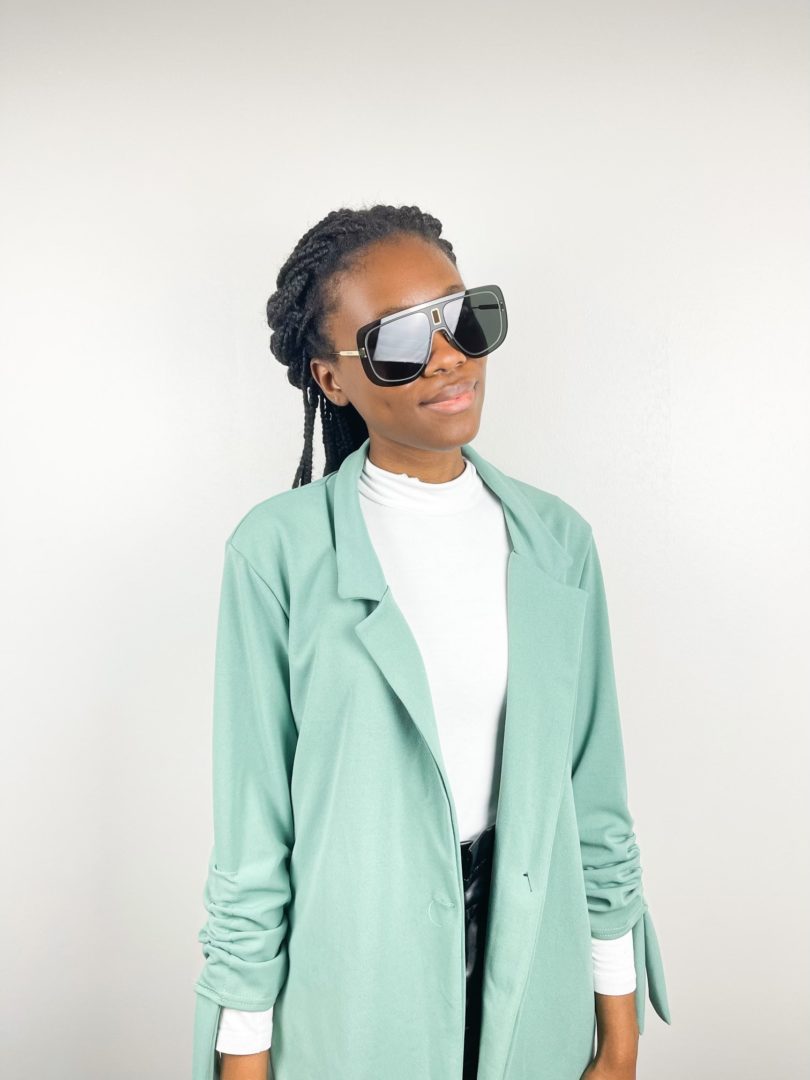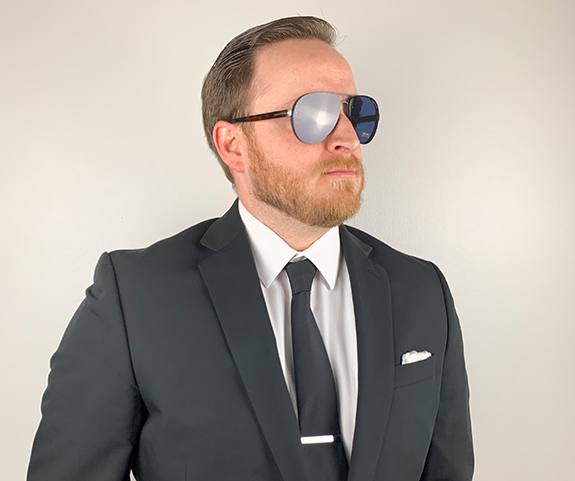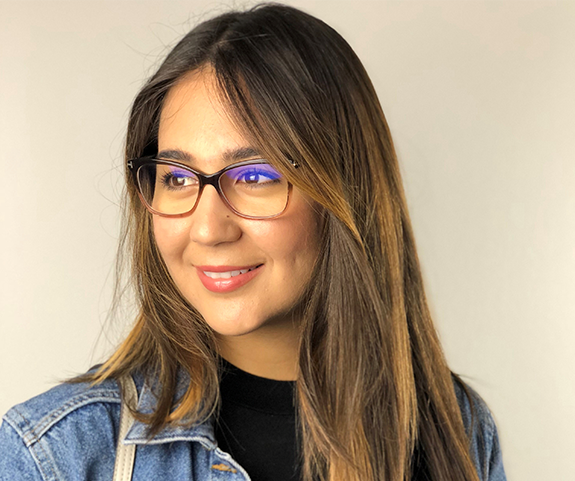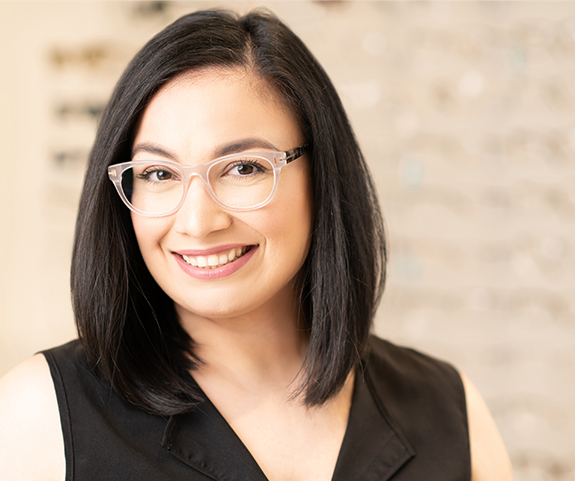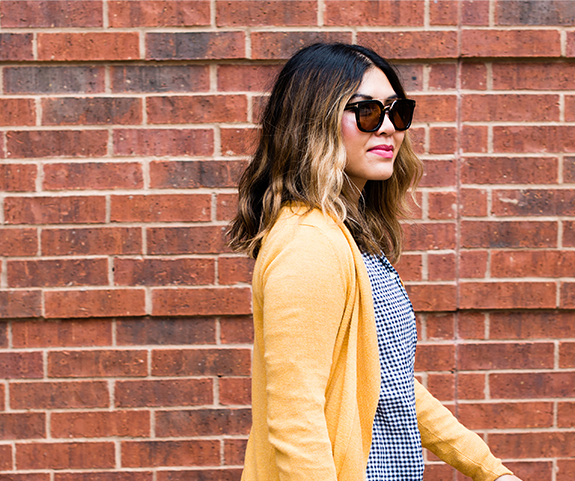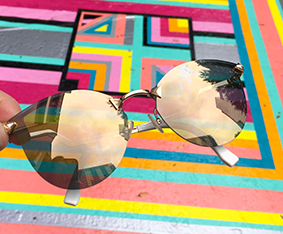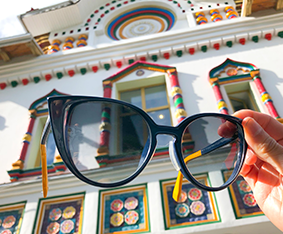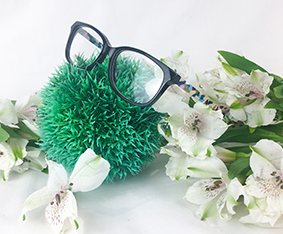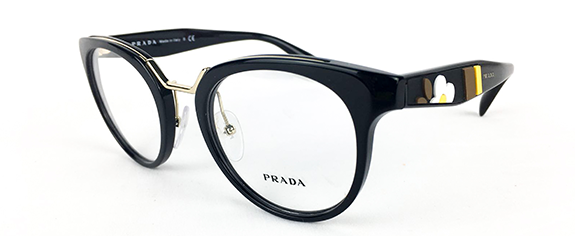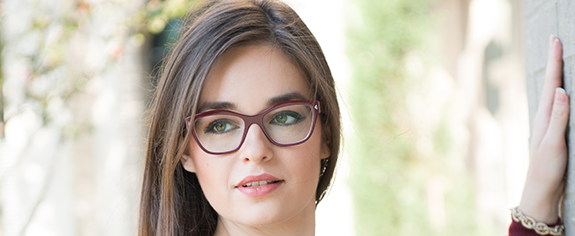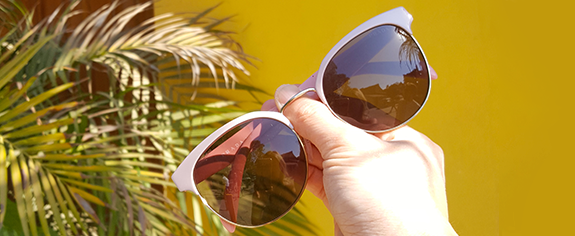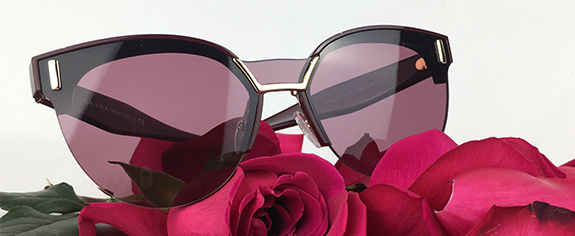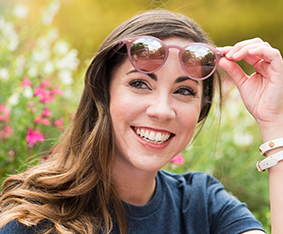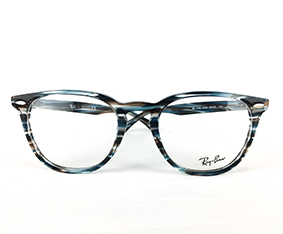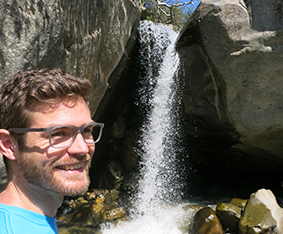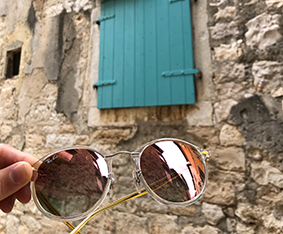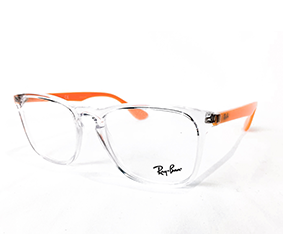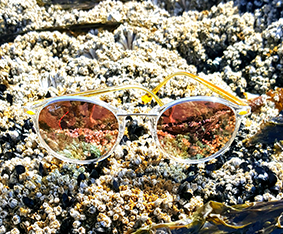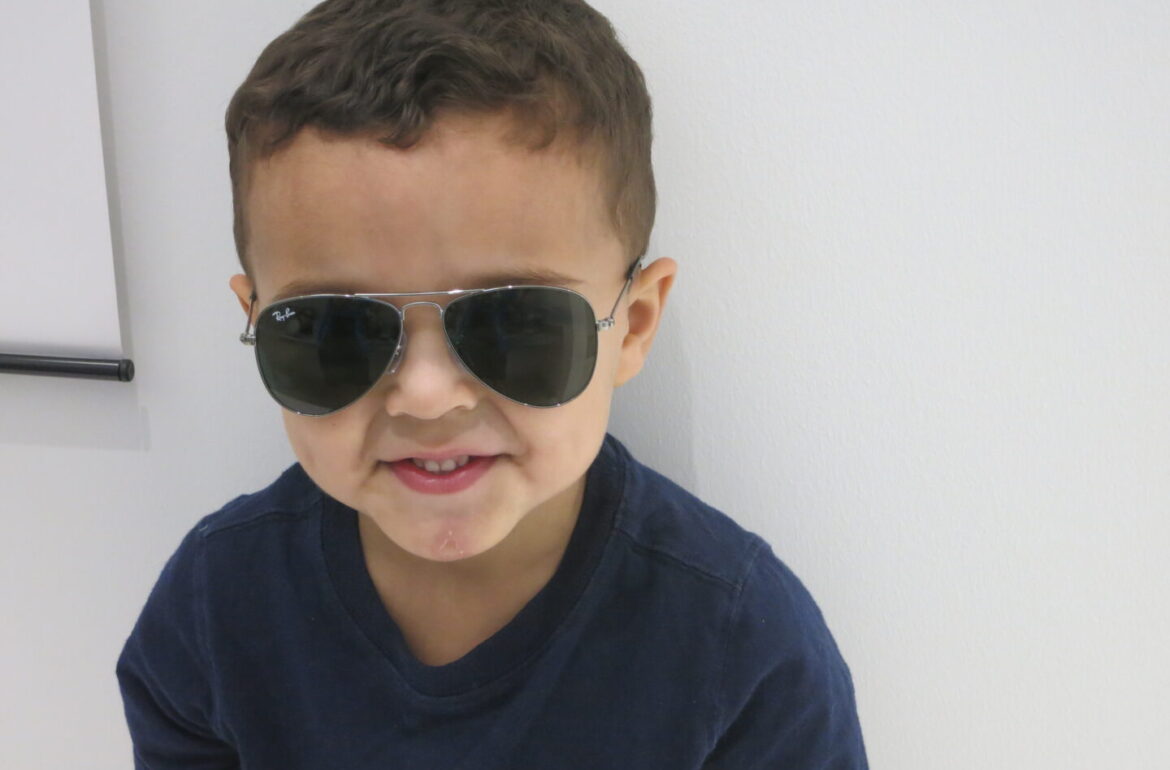
When Should a Child Have Their First Eye Exam?
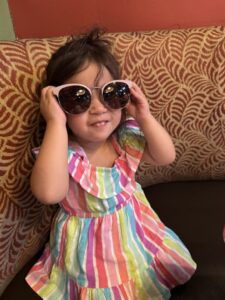 The ideal time to get your kids’ eyes checked is eight years old. Before the age of eight children’s eyes are still developing and a large majority of kids younger than 8 are farsighted (eyes are too short).
The ideal time to get your kids’ eyes checked is eight years old. Before the age of eight children’s eyes are still developing and a large majority of kids younger than 8 are farsighted (eyes are too short).
For most, children under eight are far-sighted because their eyes are still developing. At the age of eight we can see your child’s base prescription.
A decade ago, most kids became near-sighted (eyes too long) around 11-13 for girls and 13-15 for boys. In present day, we commonly see nearsightedness in children as young as five years old.
Signs Your Child Needs a Pediatric Eye Exam
If you notice your child squinting or have difficulty reading or if they avoid reading, always get their eyes checked. Children are commonly misdiagnosed with learning disabilities when in fact they simply cannot see correctly.
When children are far sighted, it takes greater effort and much eyestrain to read up close. Because it takes such great effort and their eyes get tired, they avoid reading or are uninterested in reading.
When kids become nearsighted at a young age, it is usually more obvious because they cannot see in the distance, thus they squint and get closer to see things.
The only time it’s extremely urgent to see an eye doctor is if you notice your child’s eyes are not aligned. If you ever see an eye going in or out, even if it’s a newborn, it’s essential to take your child to a pediatric ophthalmologist.
If they are older than six, Dr. Yee can see them and refer them to a binocular vision optometrist.
 There are also hidden prescriptions that kids can have, such as astigmatism. If kids have astigmatism, they can squint and pass a basic vision test. They are only able to pass due to squinting and straining. Astigmatism needs to be diagnosed early so the eyes can develop correctly.
There are also hidden prescriptions that kids can have, such as astigmatism. If kids have astigmatism, they can squint and pass a basic vision test. They are only able to pass due to squinting and straining. Astigmatism needs to be diagnosed early so the eyes can develop correctly.
Other important conditions that need to be diagnosed early include:
- Amblyopia
- Congenital cataracts
- Corneal abnormalities
- Eyelid abnormalities
- Retinal dystrophies and degenerations.
Most of these conditions yield low to no symptoms and rarely affect vision, but if it goes undiagnosed, it can have permanent consequences for the person’s sight in the future.
How Often Do Kids Need Eye Exams?
If your child has always had perfect vision results at a young age, it’s still best to bring them to an optometrist once a year. If your child hasn’t been to an optometrist in a while, always take your child when they are going through growth spurts. When kids get taller, their eyes also grow, which means they become near-sighted.
Know that, because the world is becoming more near-sighted, there have been significant developments in myopia control. Always bring your child as early as possible because the earlier we diagnose them, the faster we can control the myopia.






